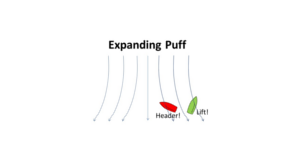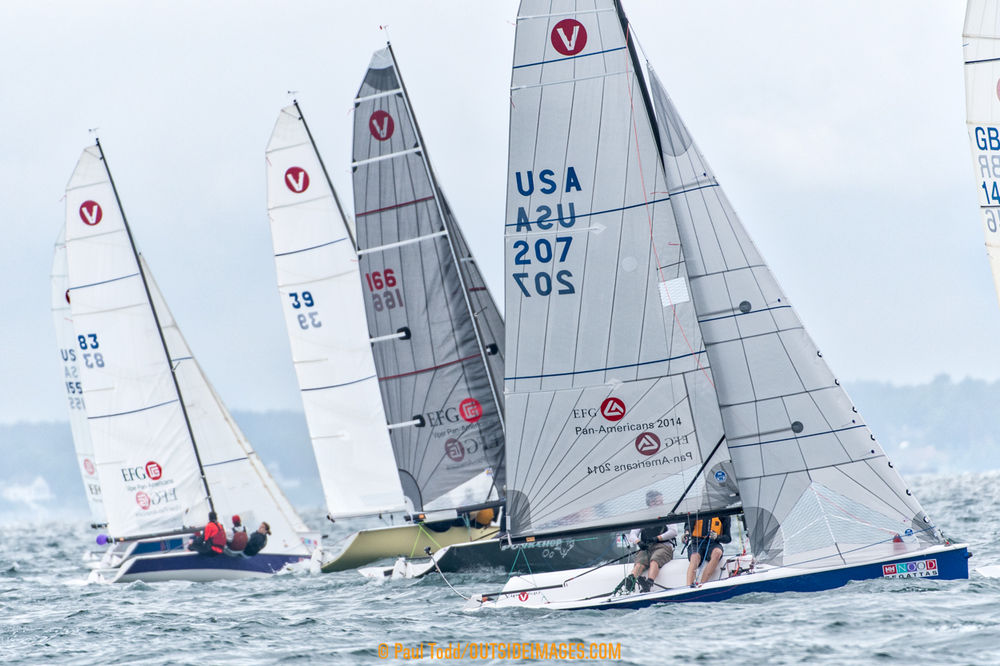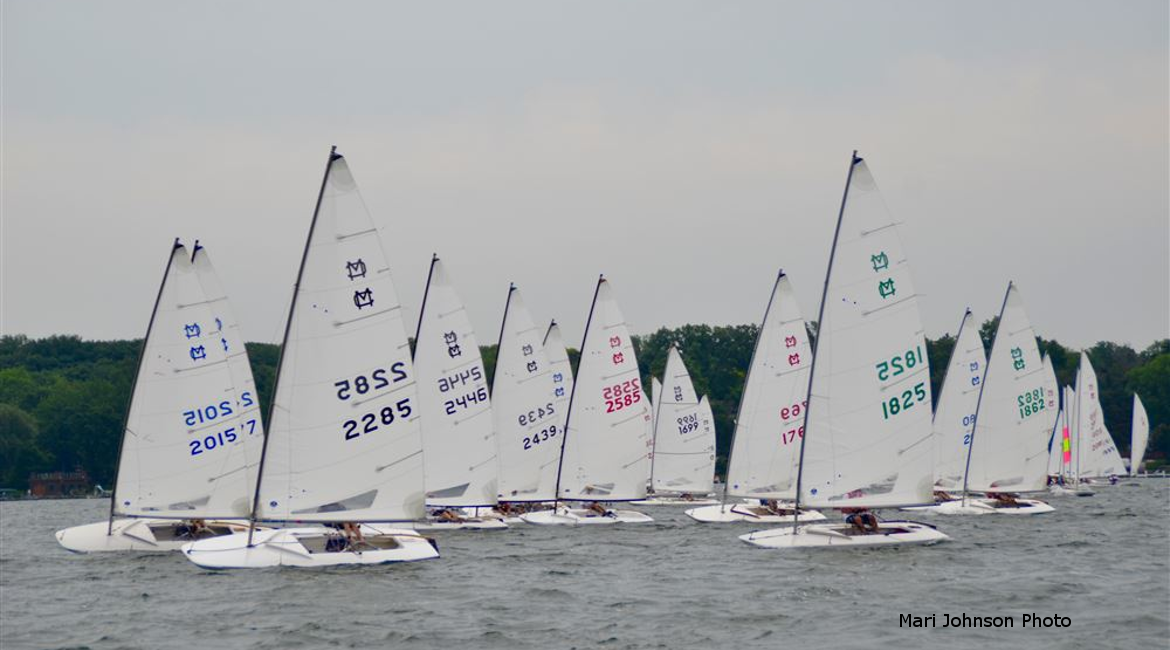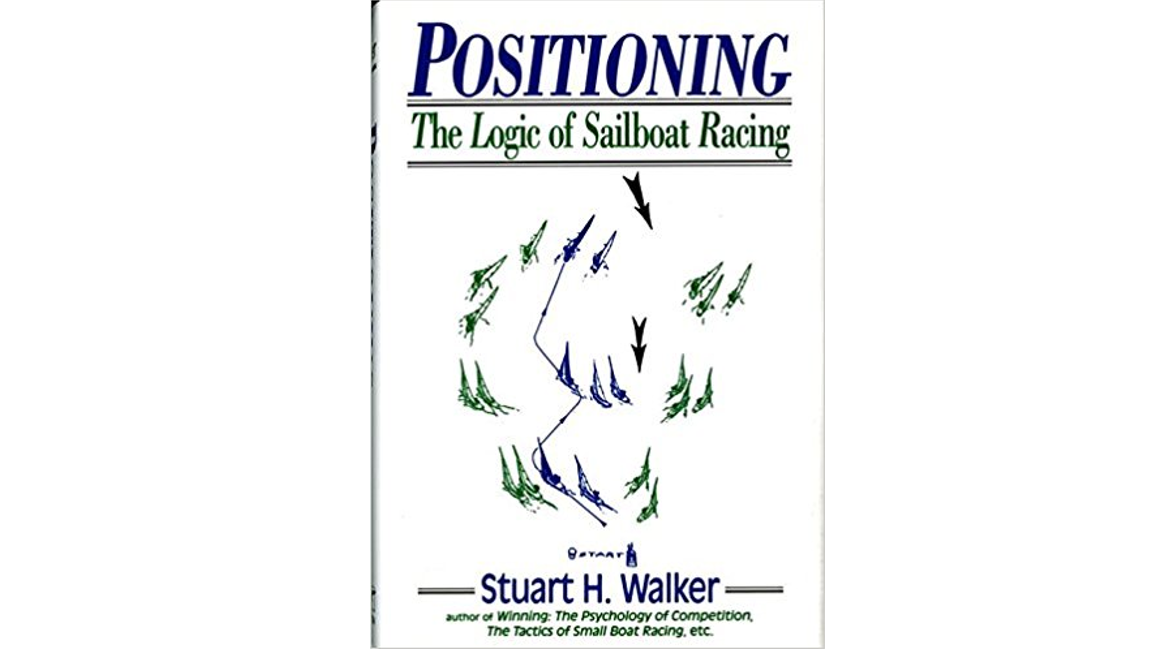We never went into any particular race saying, ‘Oh, you’ve got to go left,’ or ‘You’ve got go right.’ You had to continually adapt up the beat and see where the pressure was. There were pretty big pressure differentials and you had to connect the dots up the beat, and on the run. Ben Richardson in Sailing World
Consistently successful sailors choose the right strategy for the course conditions. There are clear strategies for oscillating shifts and persistent shifts, but most races have a combination of these conditions, as well as varying wind velocities. In these conditions, as the above quote makes clear, you have to continually adapt.
Many winning sailors talk about connecting the dots as a primary strategy, so let’s try to understand the concept and how it fits into your strategy arsenal.
Connect the Dots
In Higher Performance Sailing, Frank Bethwaite describes connecting the dots:
- Scan continuously to discover what is changing.
- Give shape to what you see. Connect the dots to develop pattern.
- Select and sail the fastest path through the pattern.
Let’s break these points down.
Scan continuously
I have heard that Buddy Melges continually rotated his scans of the race course: near the boat, then medium distance, then back to near, with periodic scans far up the lake. His near focus alerted him to incoming puffs and lulls, which he sailed by feel. He used the medium distance scans to position himself for the next rounds of puffs and lulls. The far up the lake scans were to spot major shifts and wind lines for big picture positioning.
More on continuous scanning
Lake sailors know the wind is always changing. If you’ve seen any videos about change blindness, you know how hard it is to recognize subtle changes when you’re not paying full attention. That’s why the best sailors are those that can sail fast with their head out of the boat.
Related Content:
Get Your Head out of the Boat!
Give Shape to What You See
This implies recognizing a layout to the puffs, lulls, and other features of the course – at least within the next 100-200 yards to windward. Here are some things to look for.
- Puffs. These include mixing puffs that fan out and move down the course, and geographic puffs that may or may not move. The best article I have found explaining these is from Mike Ingham in Sailing World – the Dynamics of Puffs.
- Wind lines. These are wider areas of moving or stationary wind due to thermal breezes, weather fronts, or geographic effects. See Reading the Wind on the Water by Carol Cronin for slightly more detail.
- Lulls. In Sailing World – How to Call Puffs, Moose McClintock makes the point that it’s just as important to recognize the lulls.
- Oscillating and Persistent shifts. Dave Dellenbaugh has a great article on recognizing persistent shifts in Sailing Breezes.
- Two winds simultaneously. Stuart Walker discusses this in a typically scholarly article in Sailing World – Stuck Between Two Winds. The key is to watch out for a zone of calm between two parts of the course.
Puffs and lulls will appear and disappear on the water all the time. Mark Bethwaite, in Higher Performance Sailing, points out that “the real art of linking these gusts is not just to sail in the observed wind, but to predict where the next gust will form.”
Related Content:
Seeing Wind on the Water – Improve Your Skills
Sail the fastest path through the pattern
Here are some thoughts from successful sailors describing how they put their observations into action. The words are in quotes, but in some cases are approximations of what they expressed.
- “Before the start, I spend a lot of time in front of the line looking for that first piece of velocity coming down the course.” Bill Draheim, multiple class champion
- “You may not always want to tack on a header if there is more wind straight ahead.” Kenny Wolfe, 2013 and 2014 MC National Champion
- “Often, I will pinch up or foot off as needed to get to the pressure.” Eddie Cox, 2017 MC National Champion
- “Picture the vectors within the puff like a Japanese fan across the surface, …. If we sail outwards from the middle of the puff, we realize the greatest lift.” Older article by Arthur Blodgett in Snipe Today.
- “Sometimes it’s a good idea to tack before a puff fades, if tacking will point you towards the next puff or shift.” Eddie Cox
- “To see if you’re going to intercept a puff, look in the direction of the apparent wind.” Dan Fink, high level MC Scow competitor.
Connect the Dots – A Primary Strategy?
We discussed primary strategy choices in previous posts, such as Racing Strategy Choices: Positioning by Stuart Walker and Sail the Lifted Tack – How and When? The experts seem to agree on the following:
- If the wind is oscillating, your primary strategy is to sail the lifted tack
- If the wind is shifting persistently, or if there is another advantage to one side, your primary strategy is to get to the advantaged side. This includes very light air, in which case one side will usually pay.
- If none of the above are clearly true, a hybrid strategy, including sailing the lifted tack and sailing in more breeze begins to sound a lot like connecting the dots and is likely your best bet.
Related Content:
Connect the Dots, Find a Bullet
Speed and Smarts, Issue 122 has a good section on connecting the dots
Sailors Helping Sailors
Will you share your knowledge with your related Comments below?







